Do you have a life philosophy? Does your creative practice fit in with this philosophy?
My motto in life since I was little has been „Then die“ (in response to the question; What is the worst that can happen?) This motto has brought me to special places, has led me to special people and has pushed me to do things that I was initially afraid of. This sounds a little heavier than it actually is because of course I don’t want to die…
I also try to live a healthy life by looking after my body, but also my mind. When they are in balance, the creative work can flow more easily.
However, I am aware that black cannot do without white. There are days when everything goes against the grain, when I don’t understand the world. These “dark” days can also give me inspiration. This makes me wonder what happens when everything is in perfect balance. Could I still make art?
Have you ever had a moment when you questioned your career entirely?
Of course, everyday.
How has covid affected you and your art?
Practically speaking, because of the pandemic my part-time work as a teacher was largely canceled, and therefore, I had all the time in the world with my good old all-time favorite friend; My Art.
It felt like home. I finally had some time to take a step back and see from a distance what I had been doing all these years – only creating, with no real structure or plan. I decided to invest some time in organizing all of that work and create more structure moving forward.
I was also able to create a bit of a platform for my work and communicate with a small but appreciative audience which I feel extremely grateful for, especially during these times.
How do you think the art world will shape in the future?
In the same way it has always done.
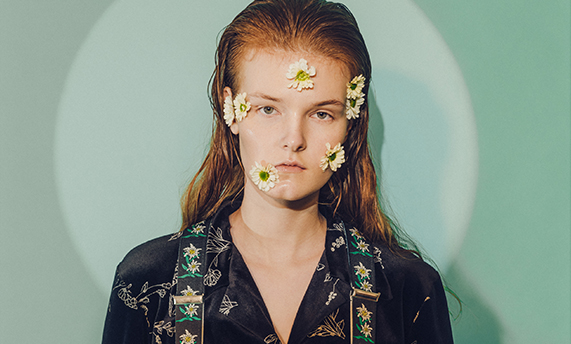


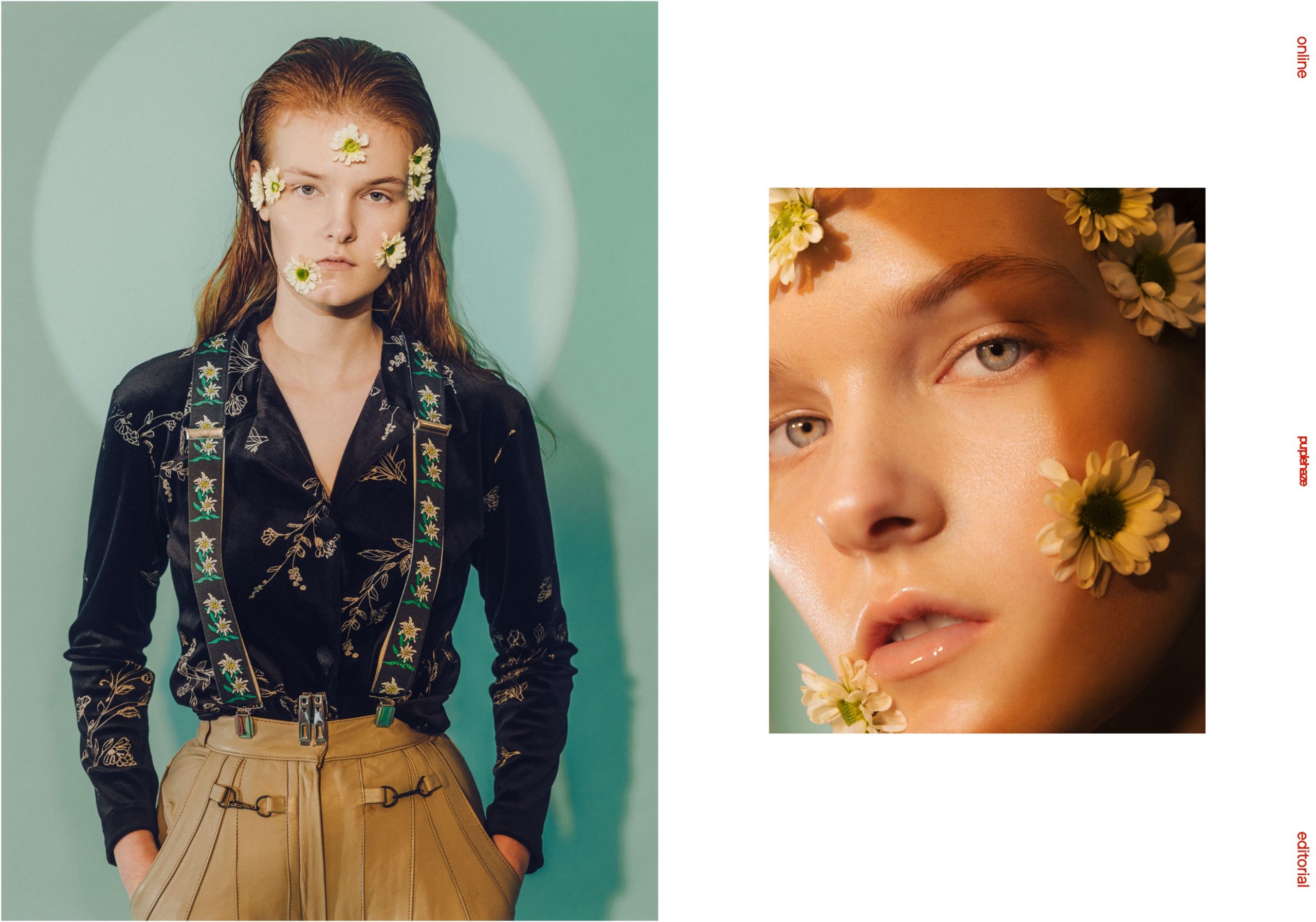

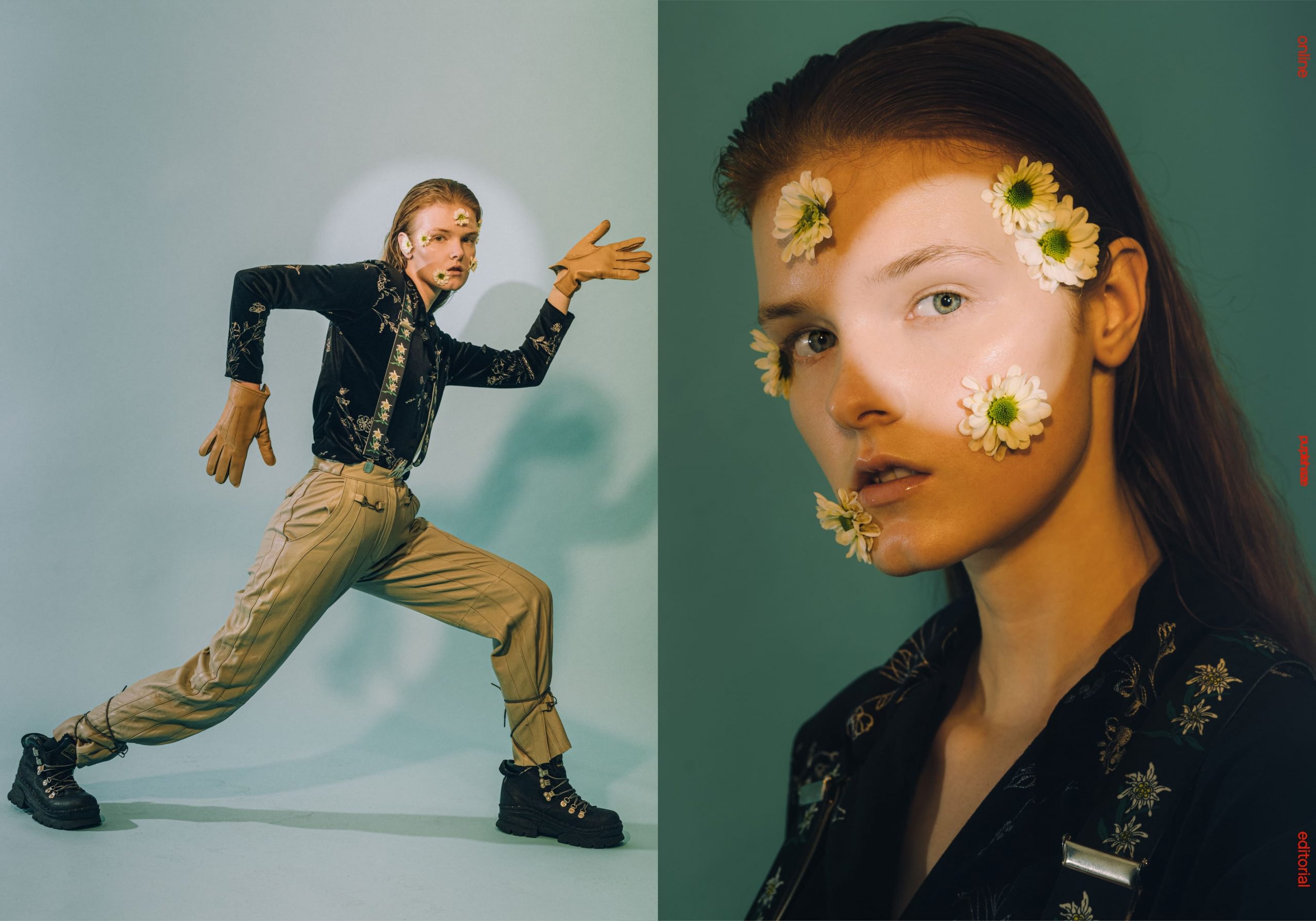


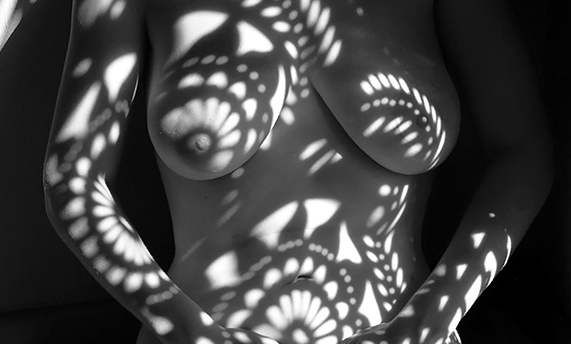
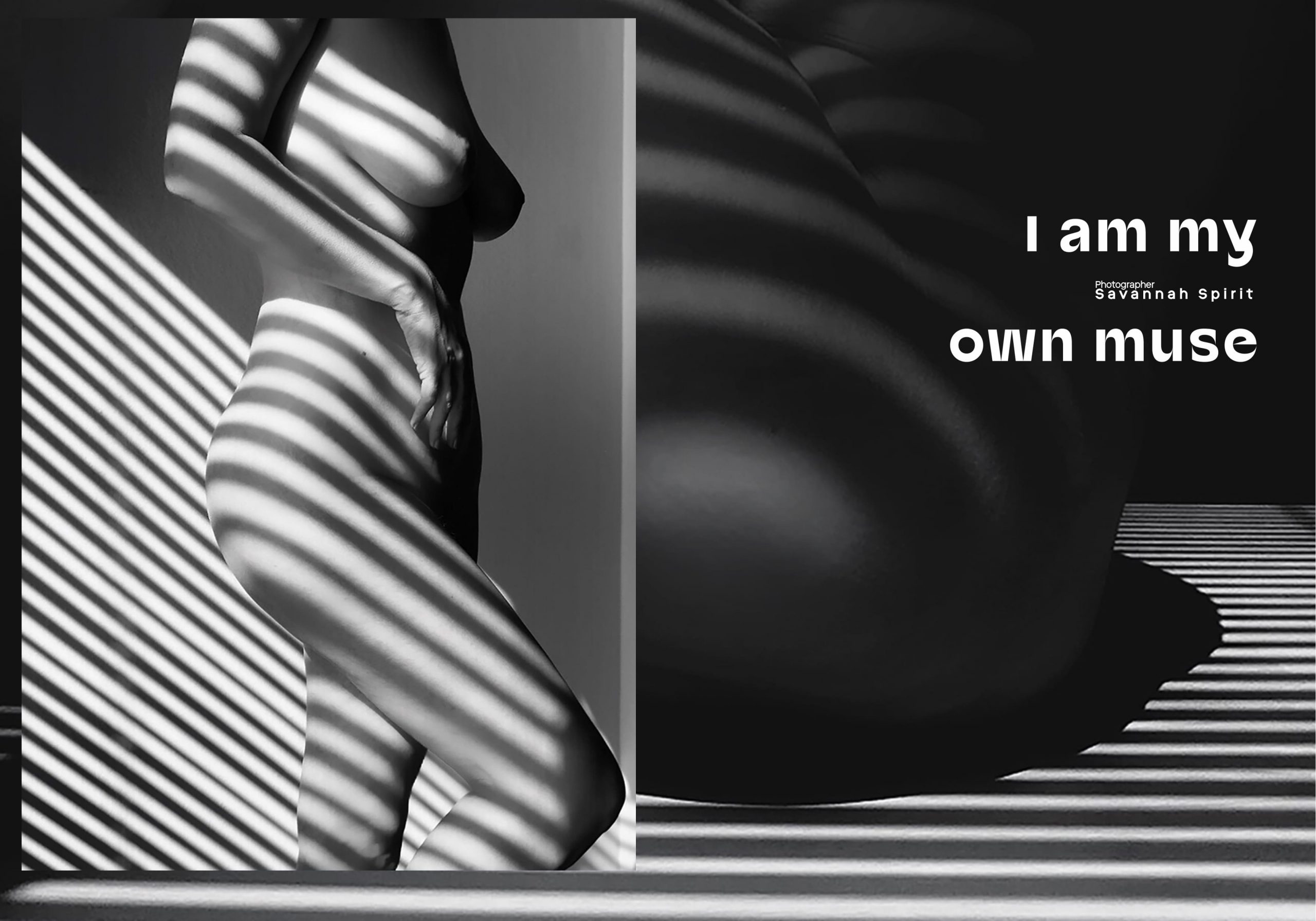
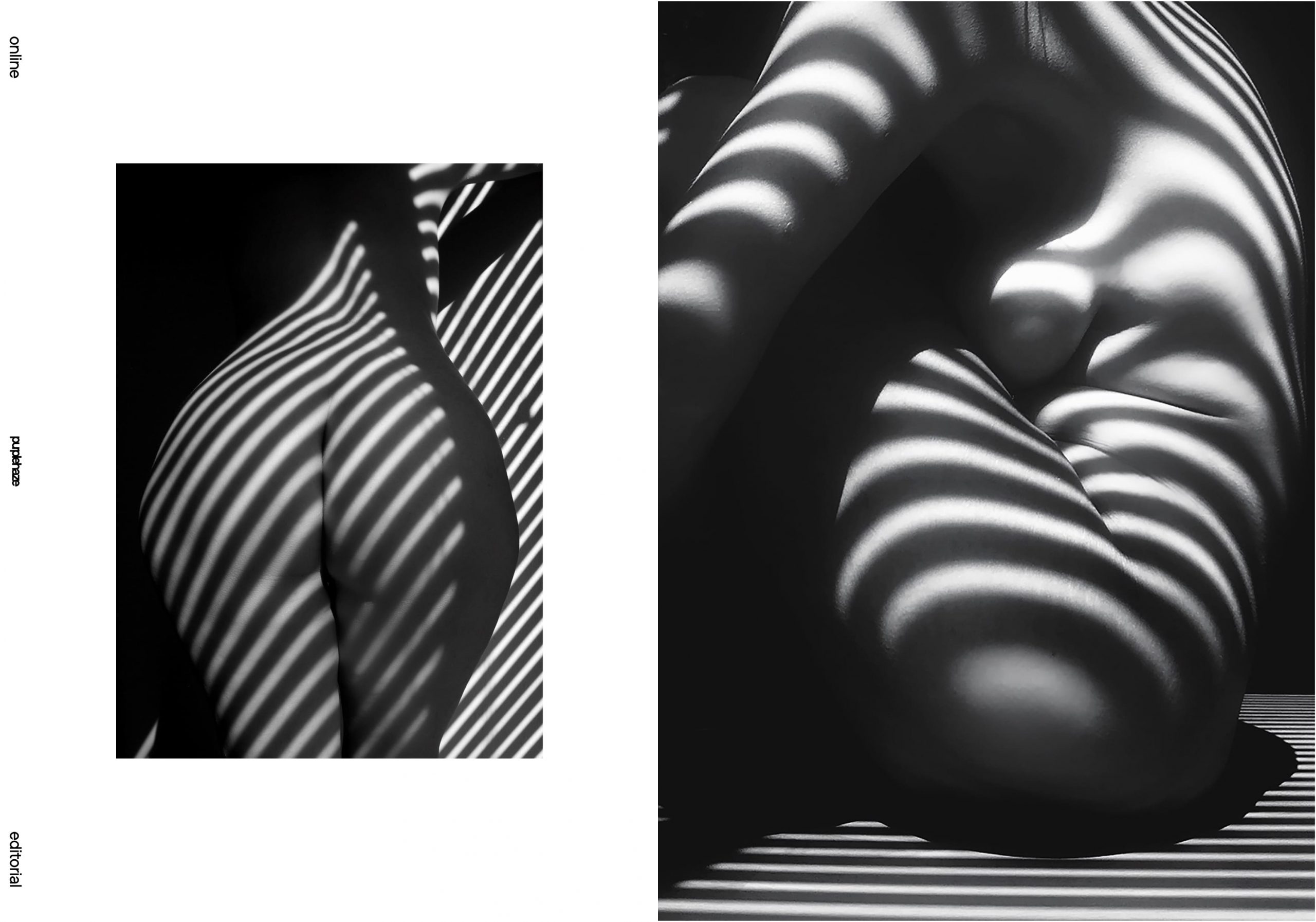
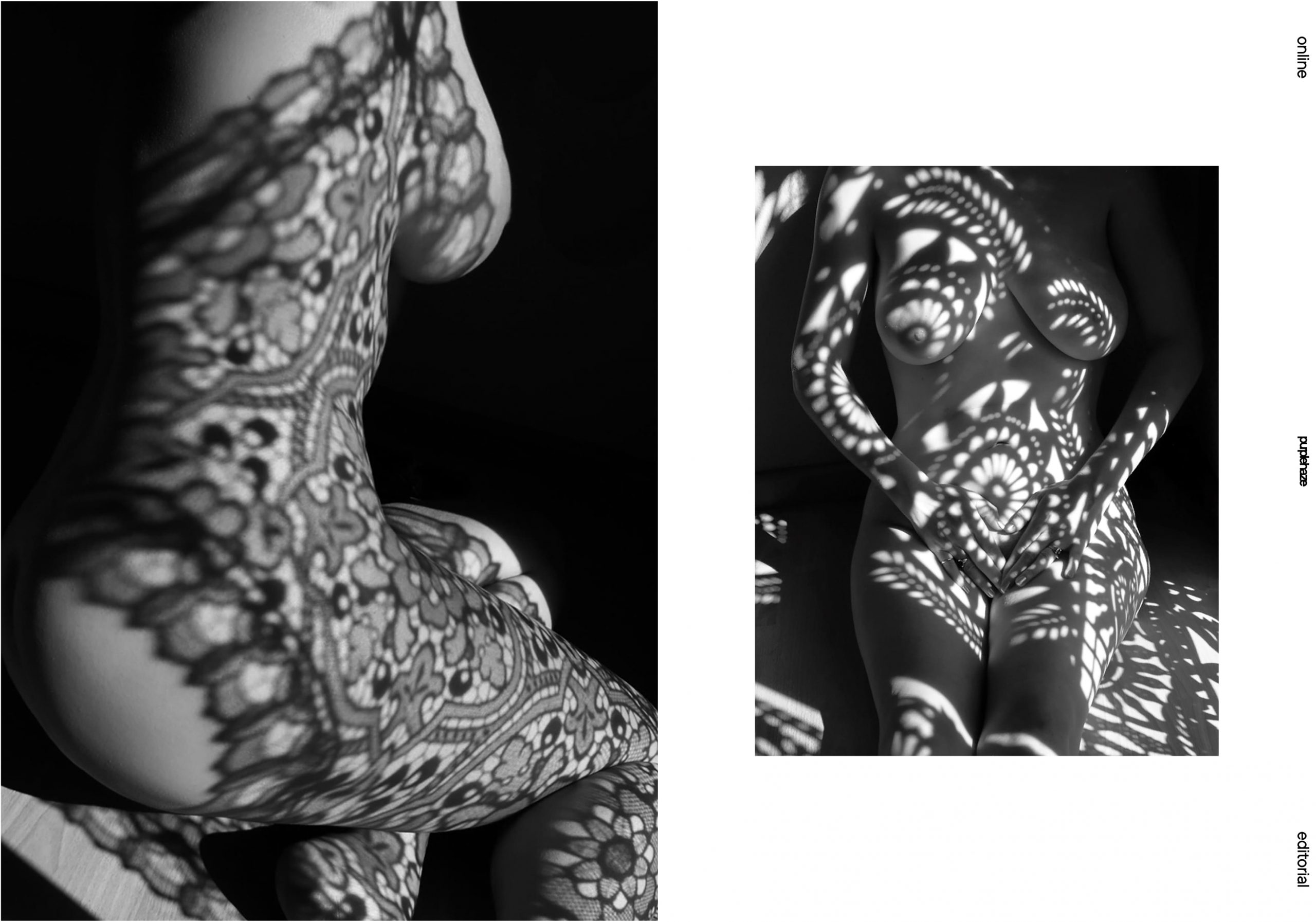

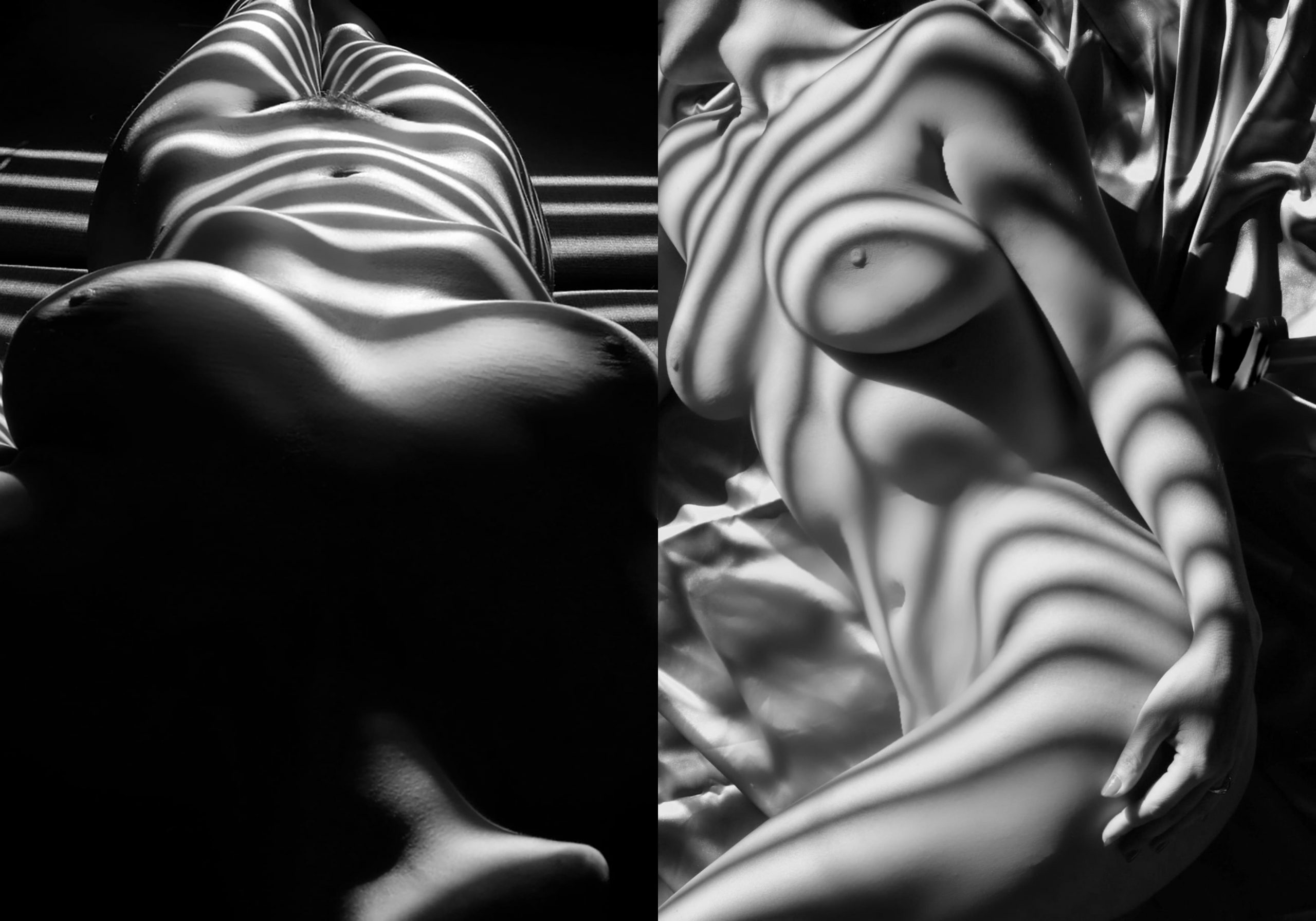
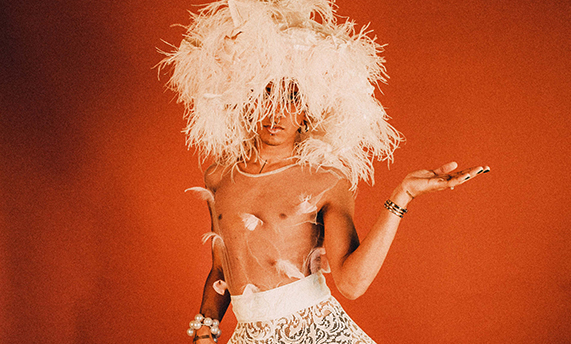
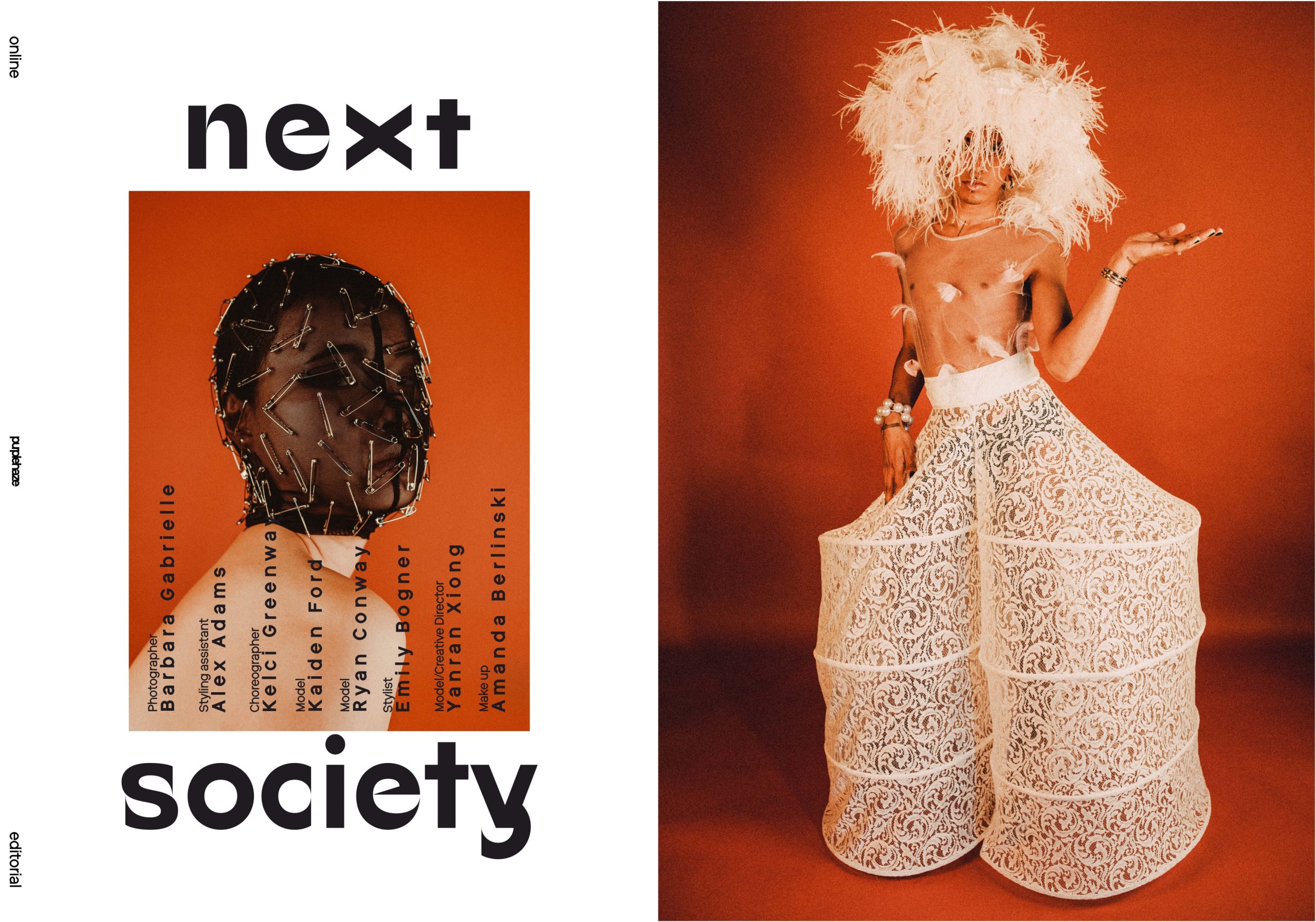

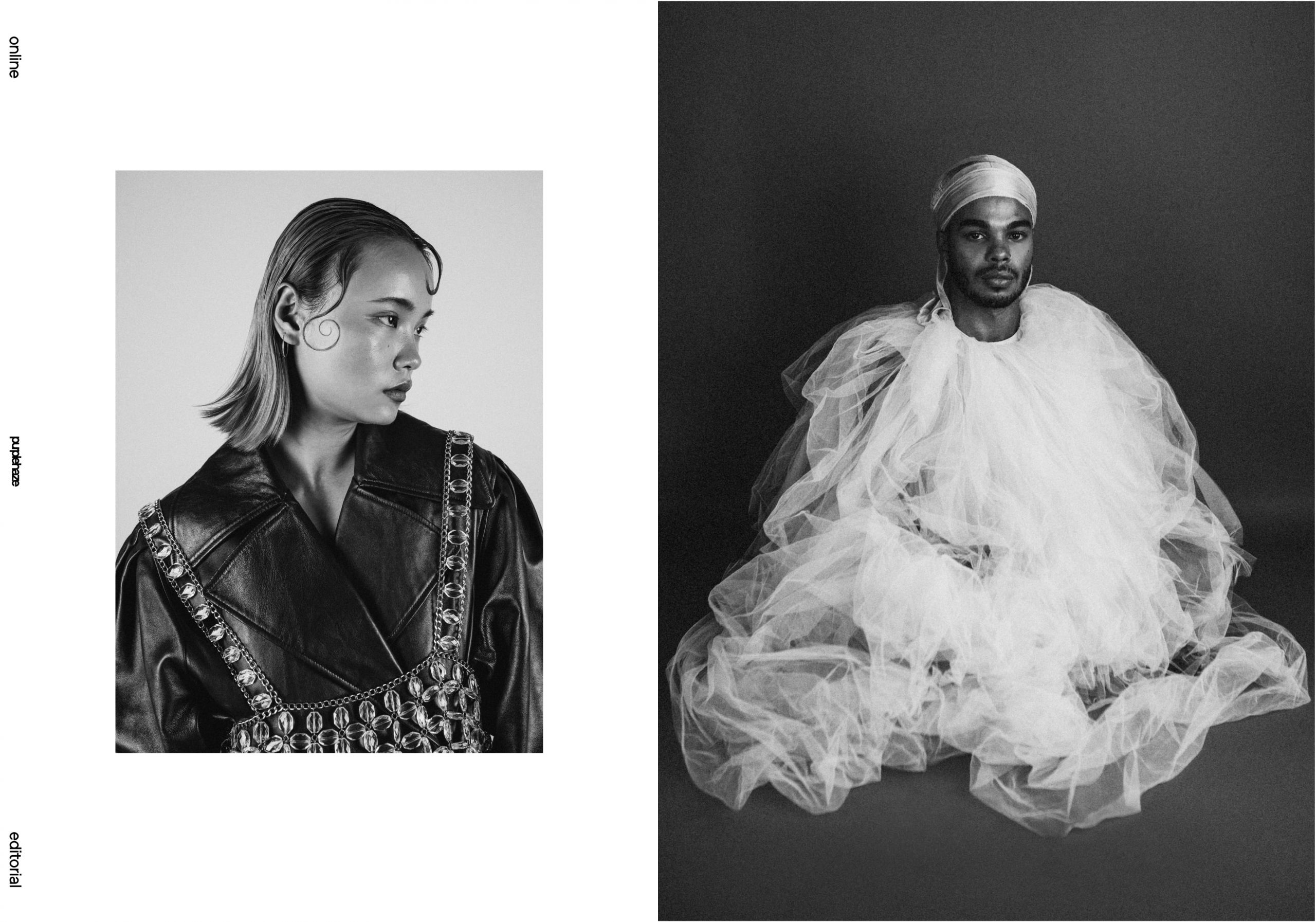
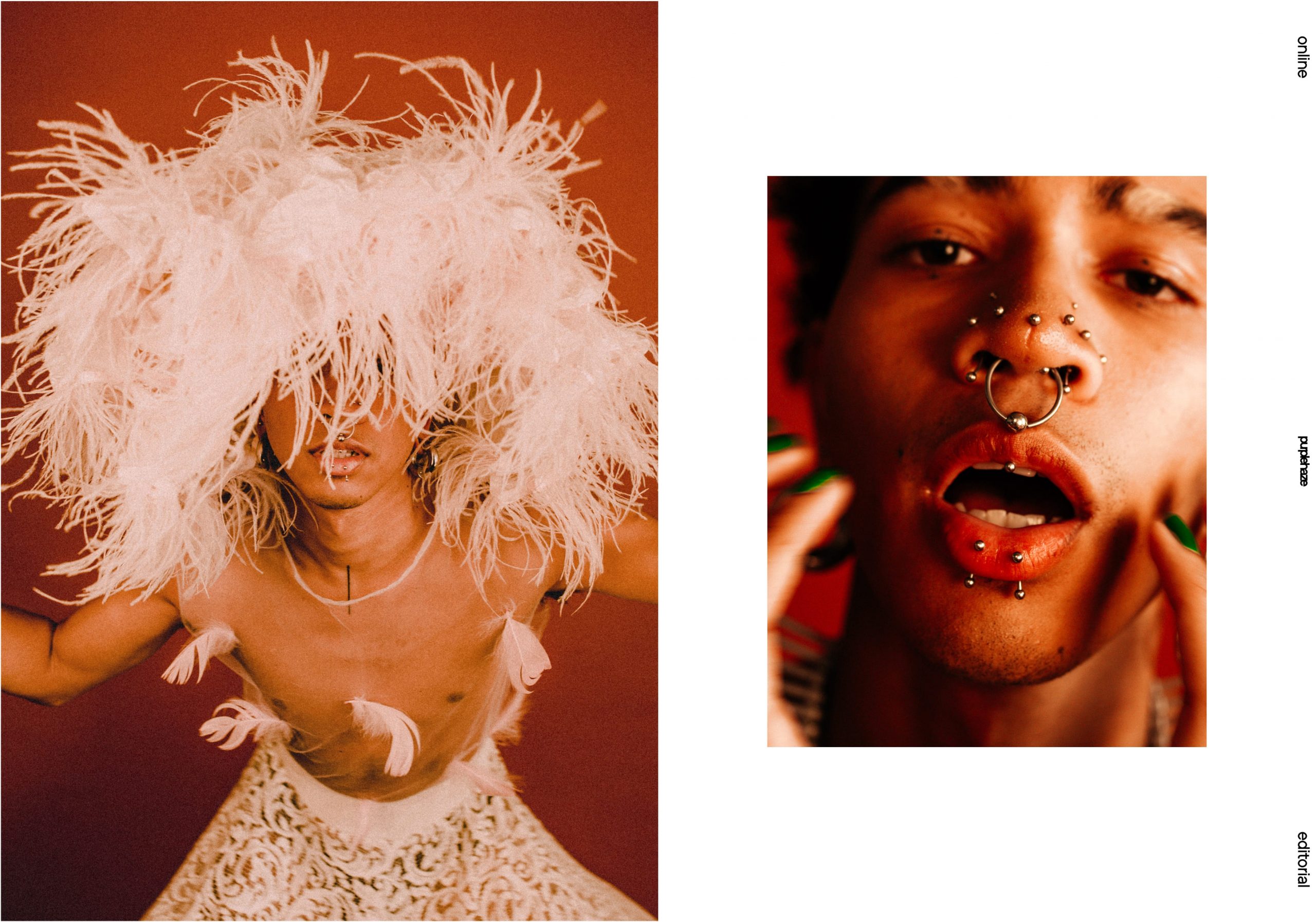

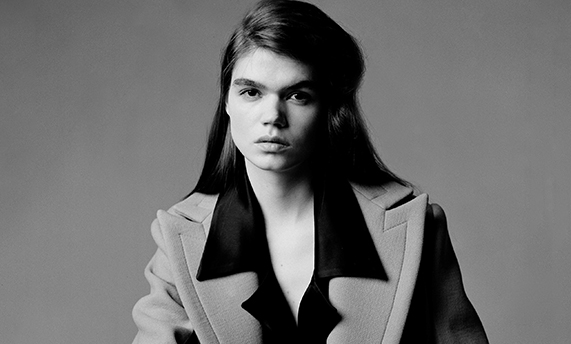


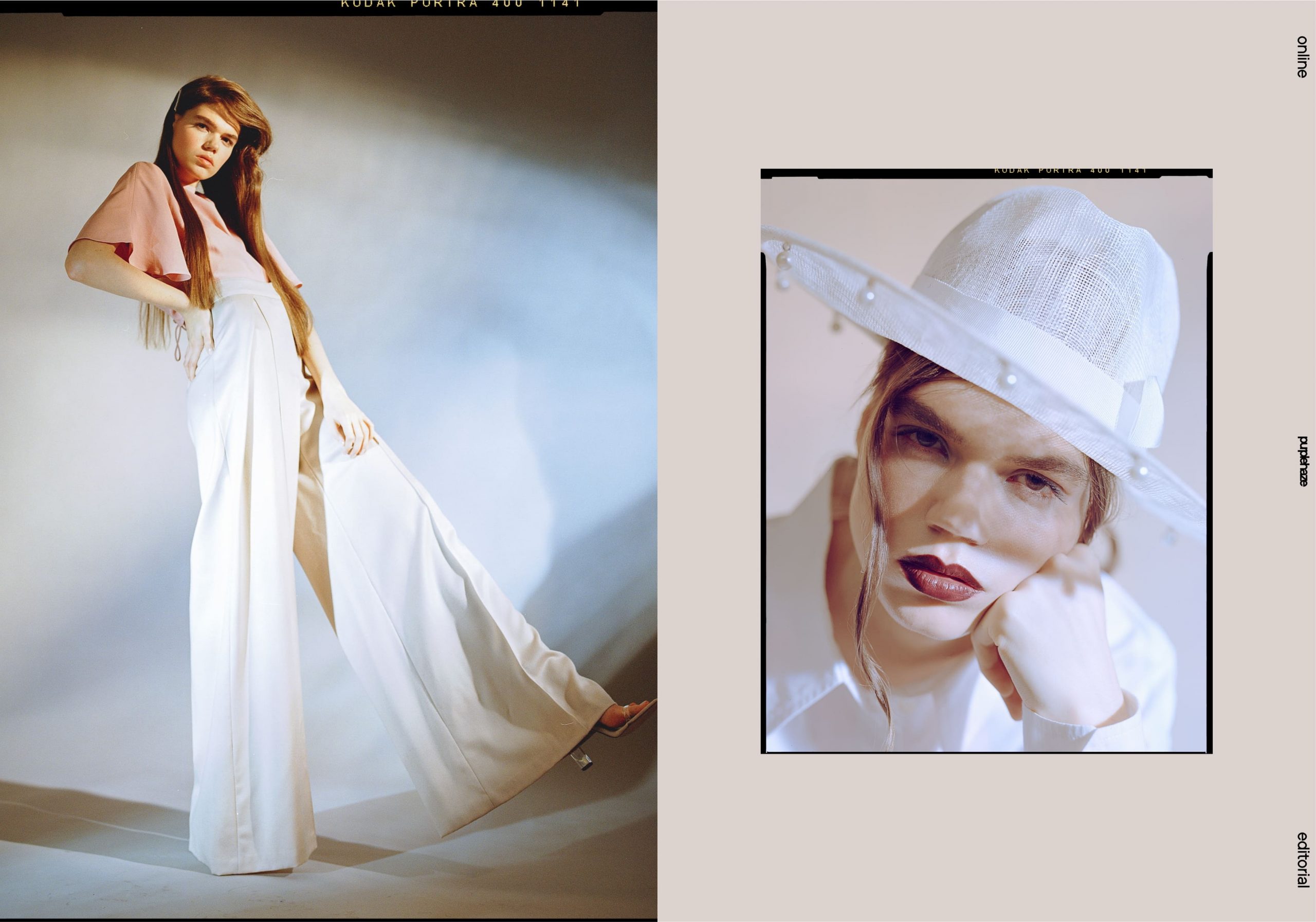

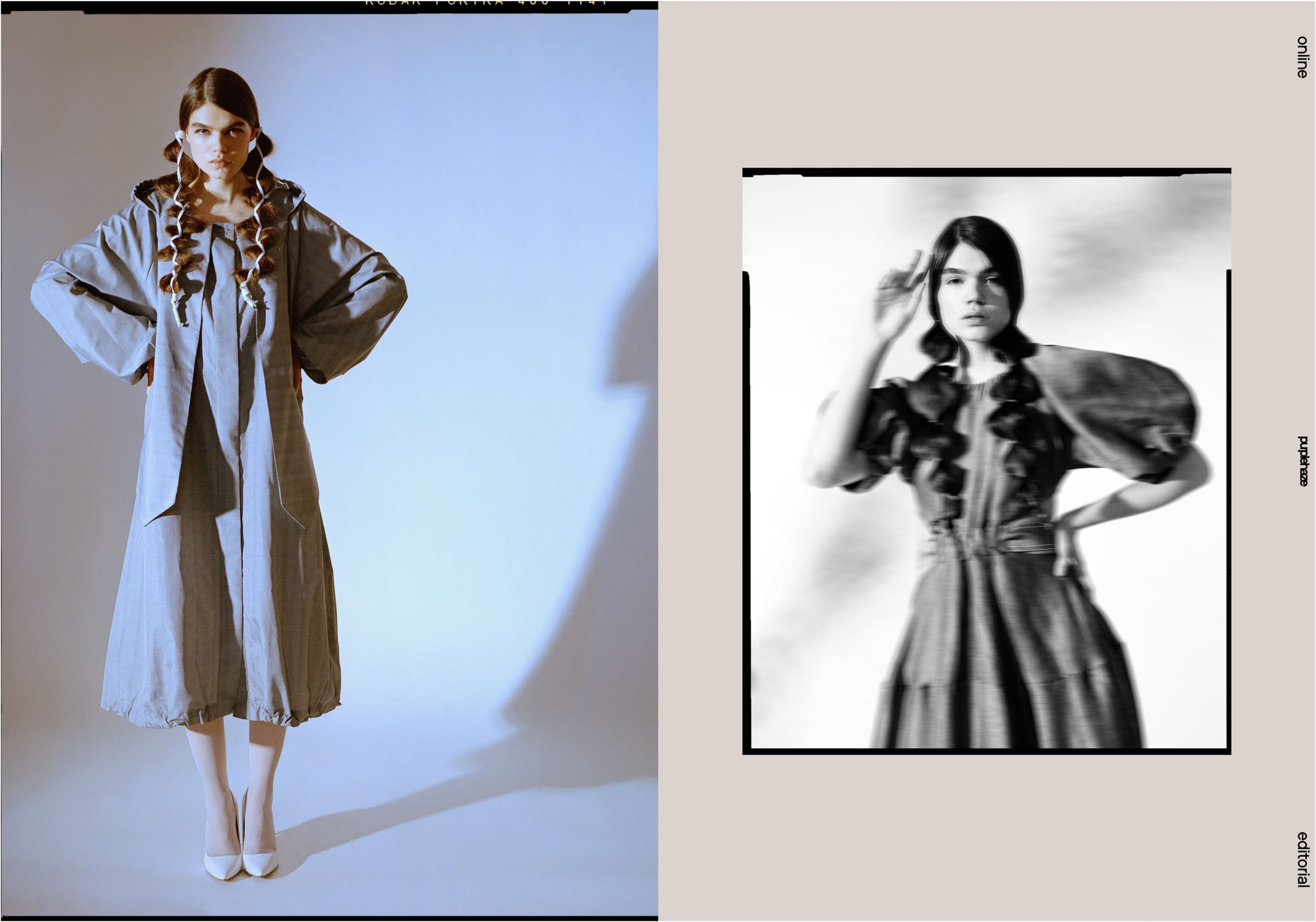
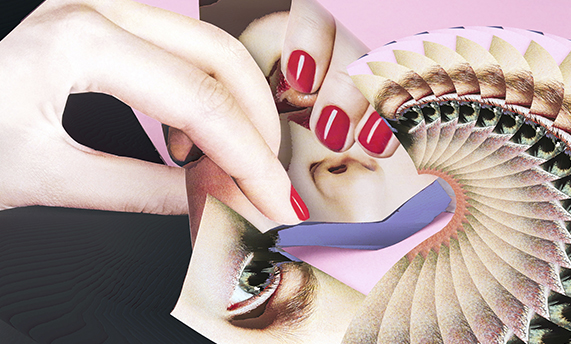
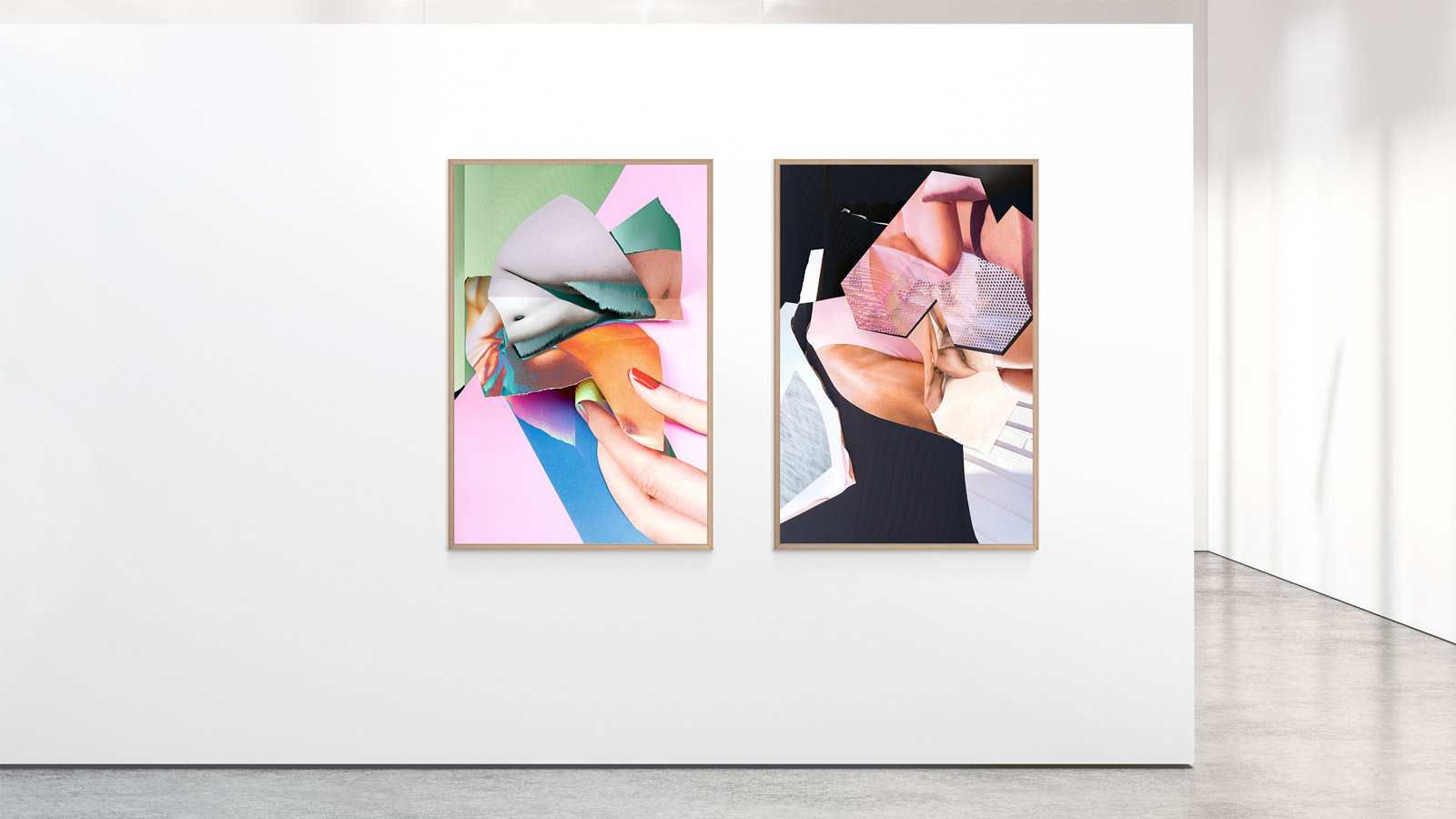
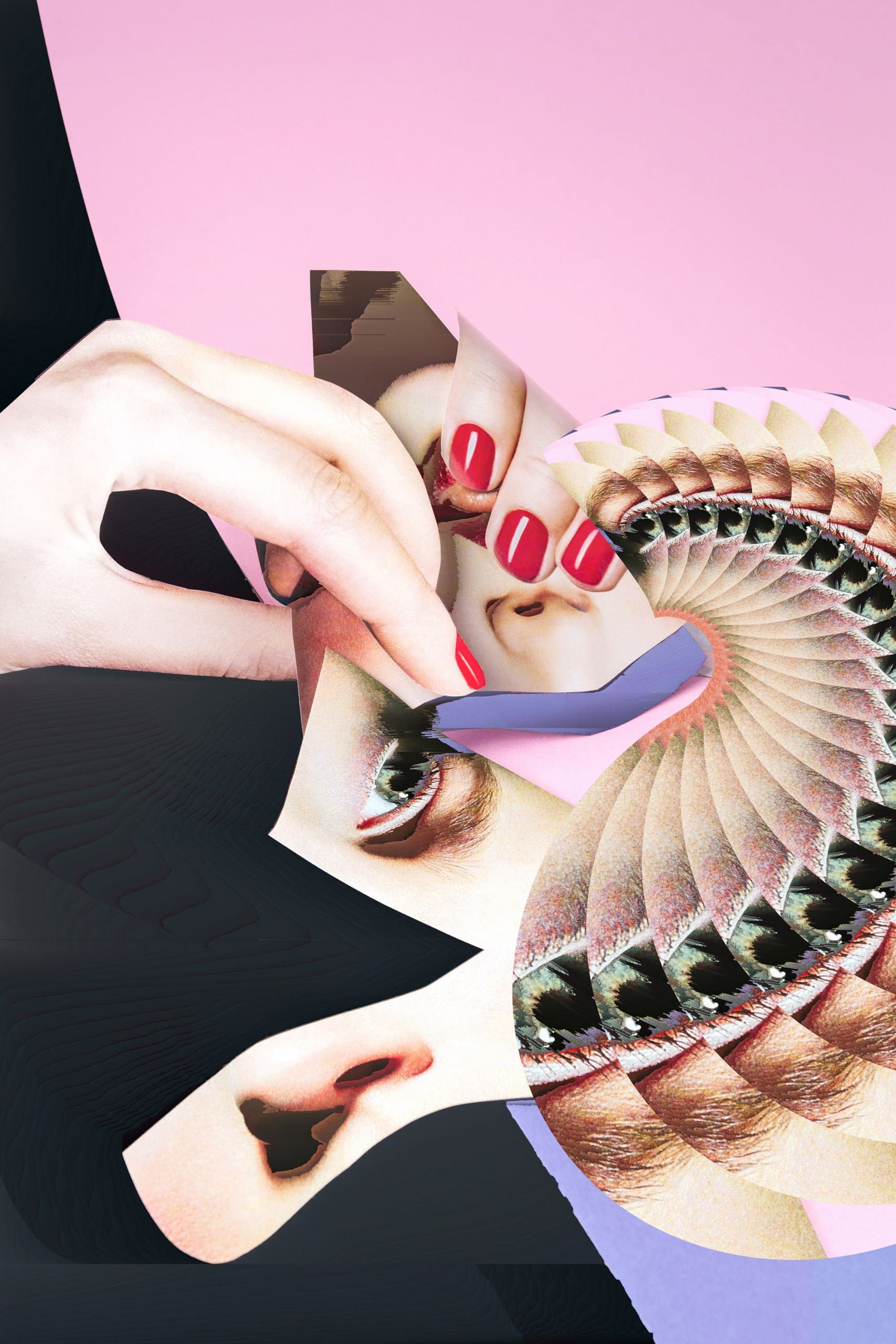
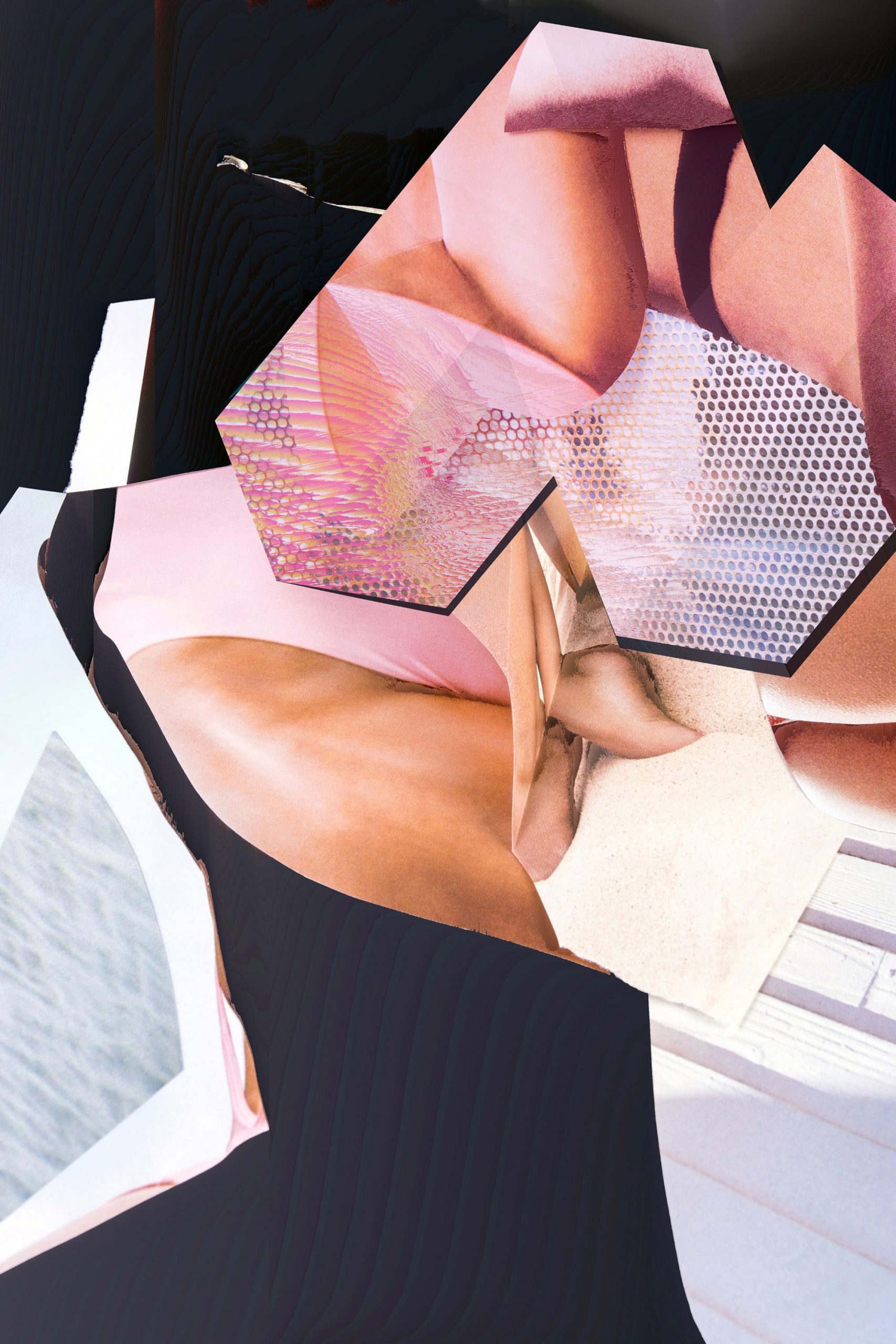
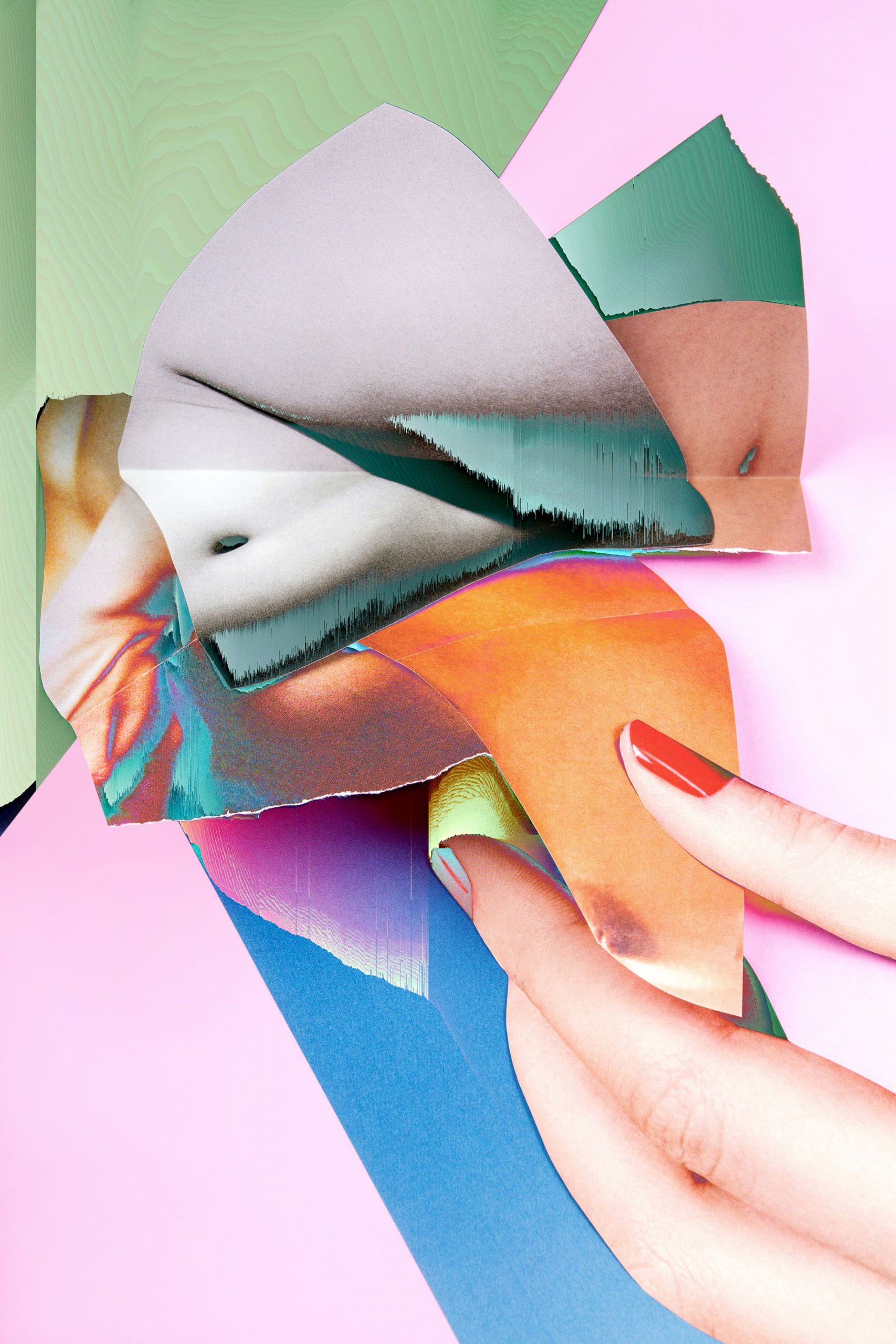
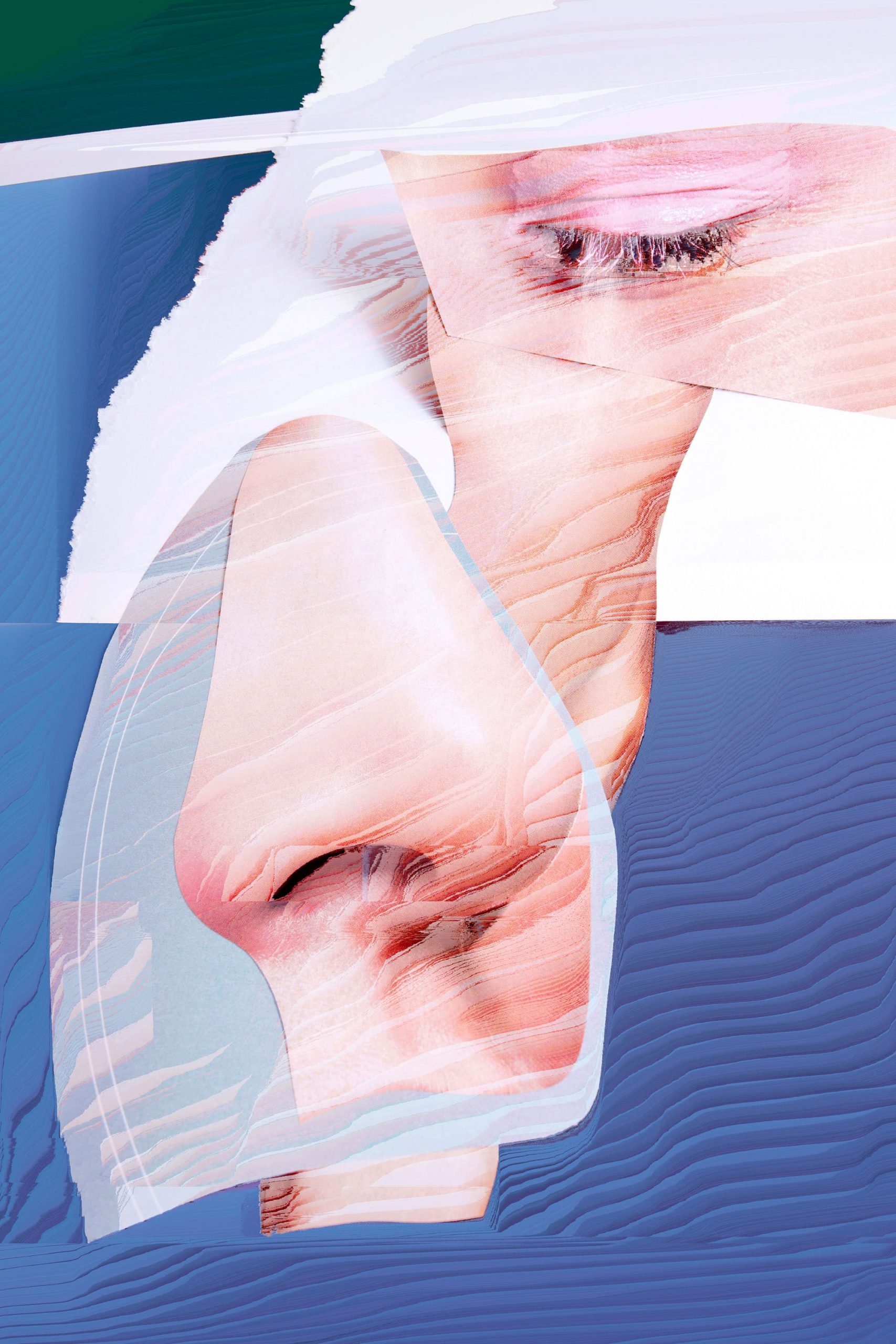
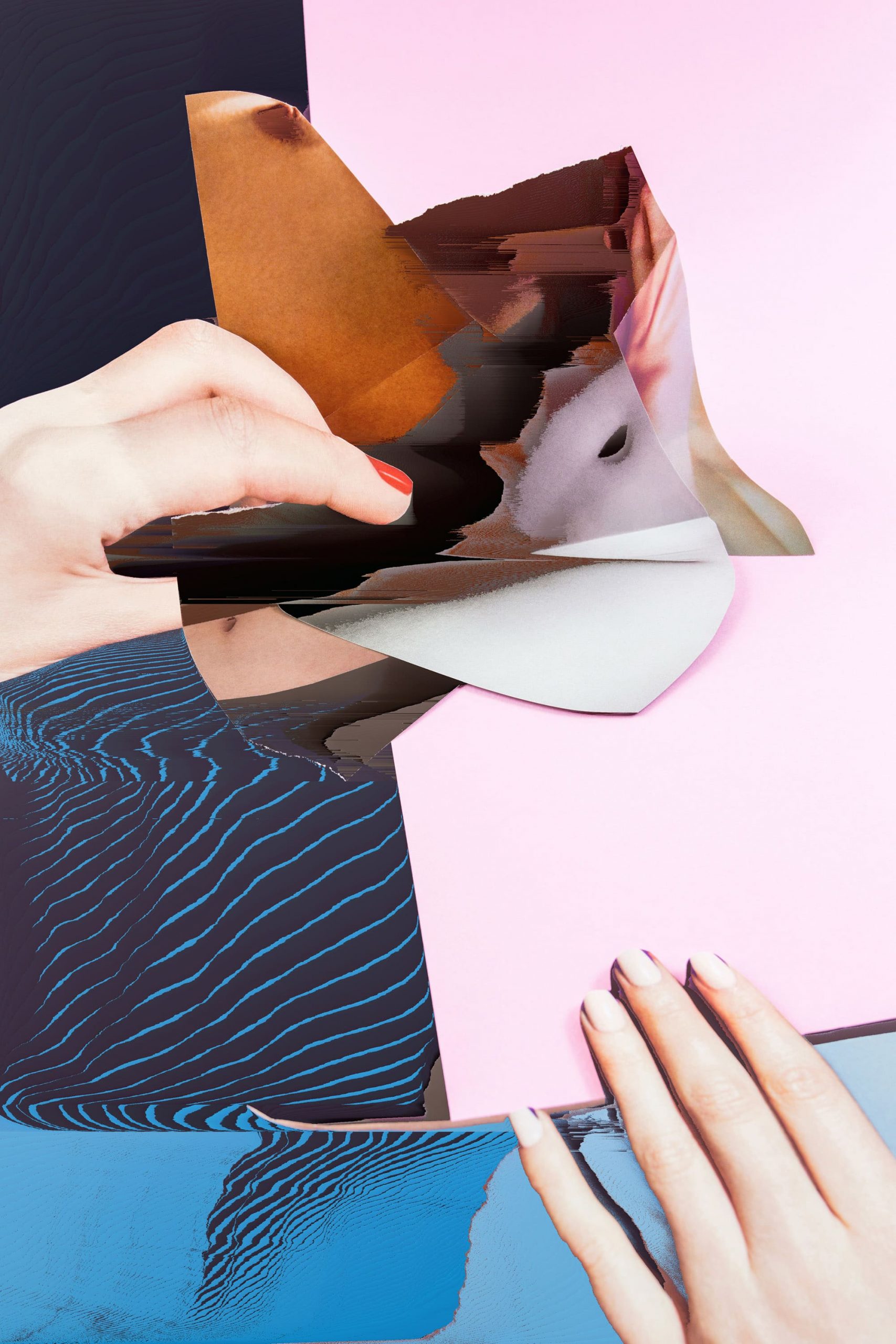
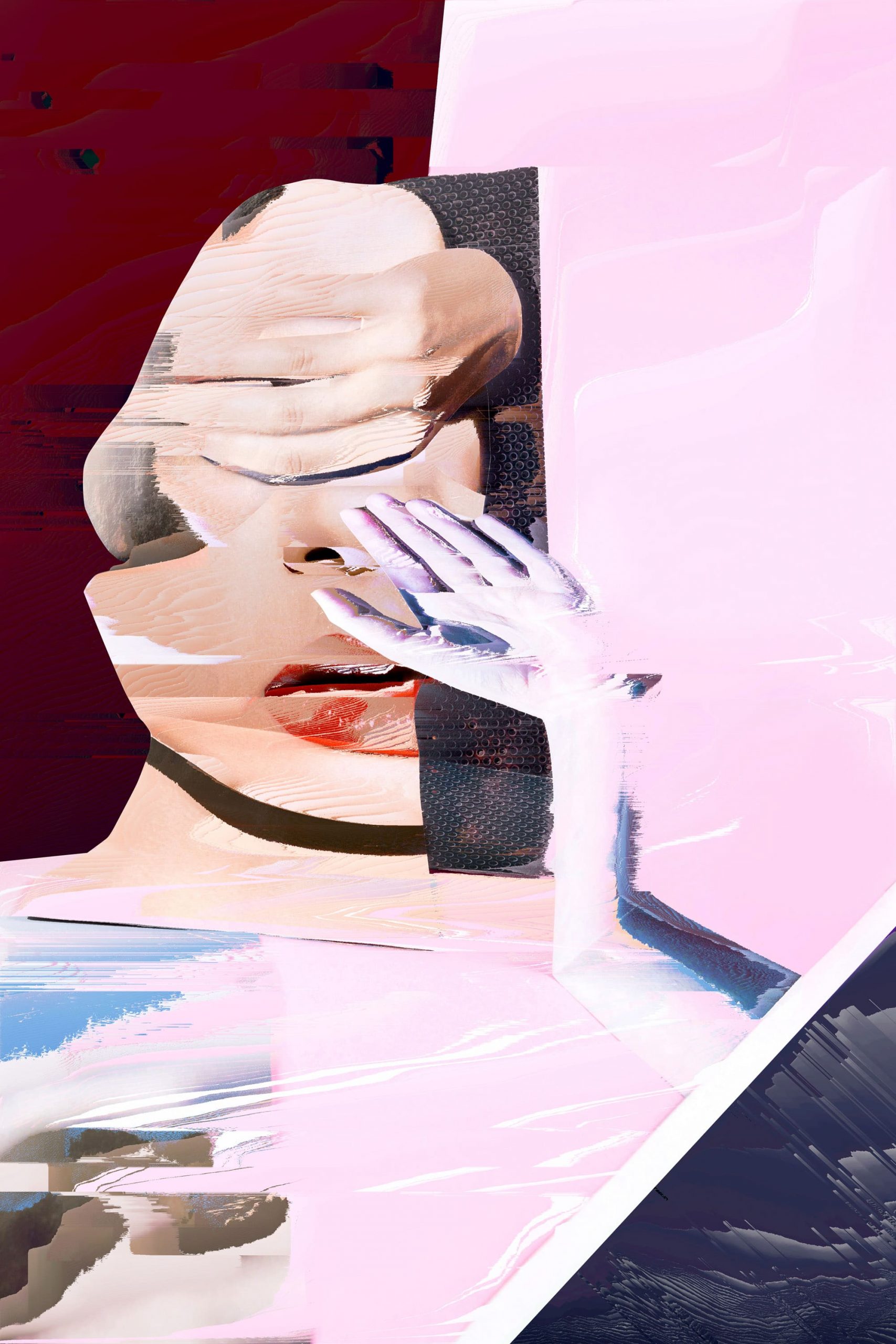

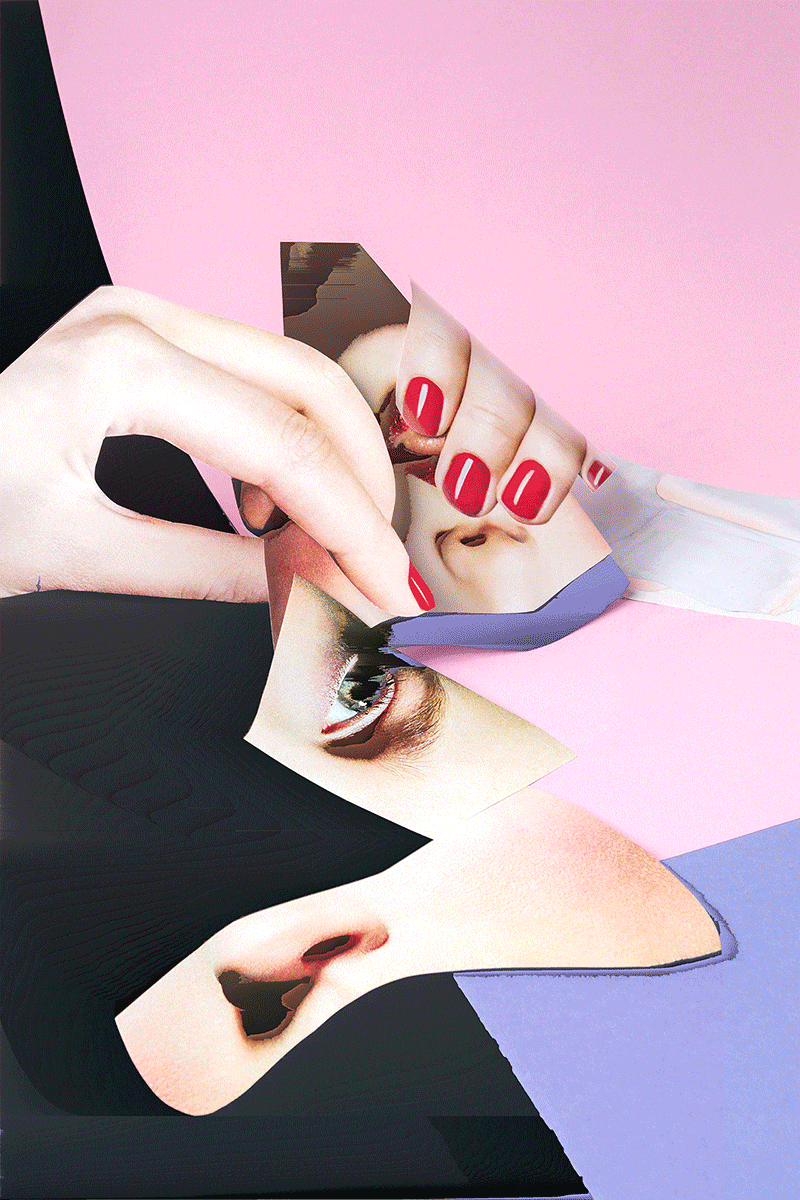
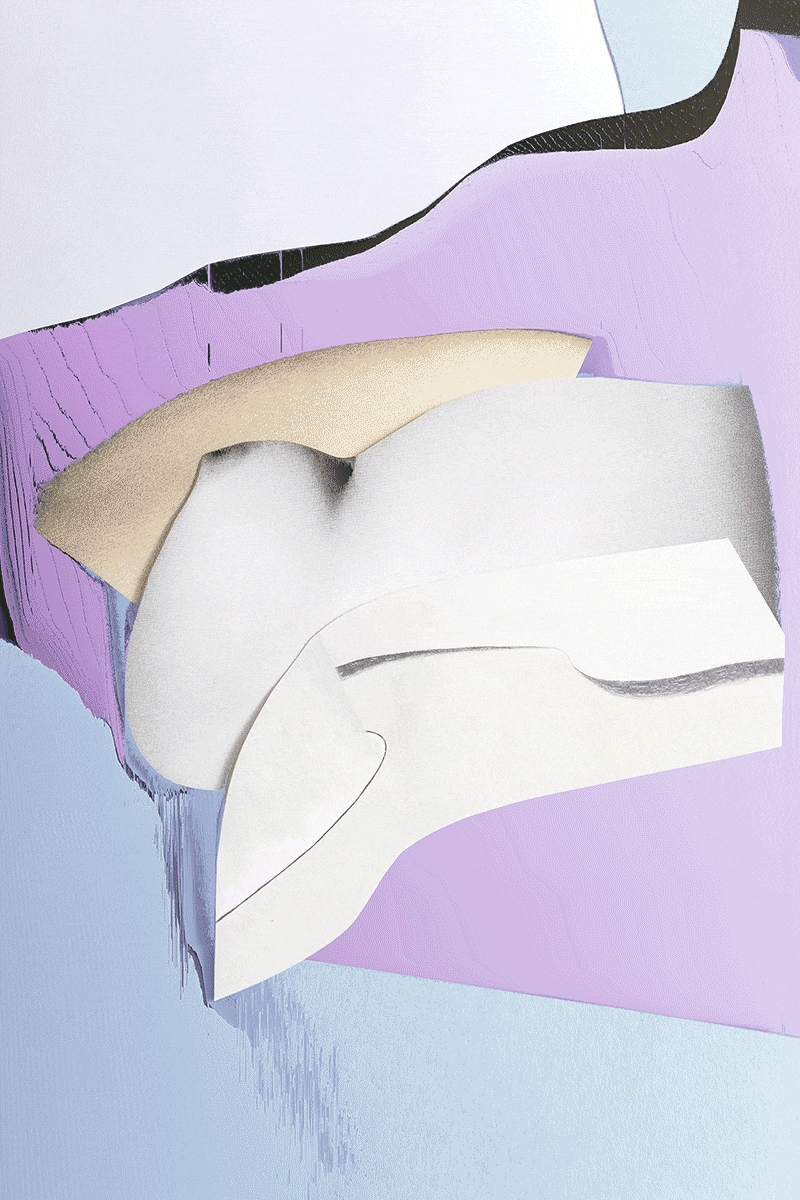
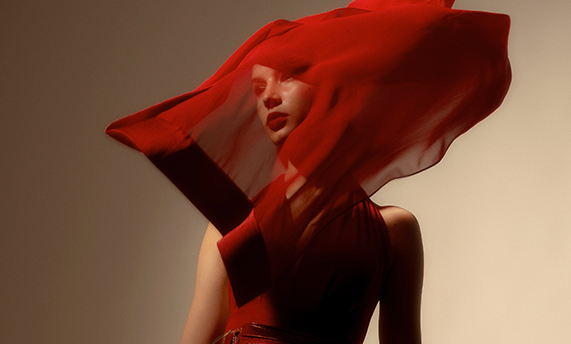











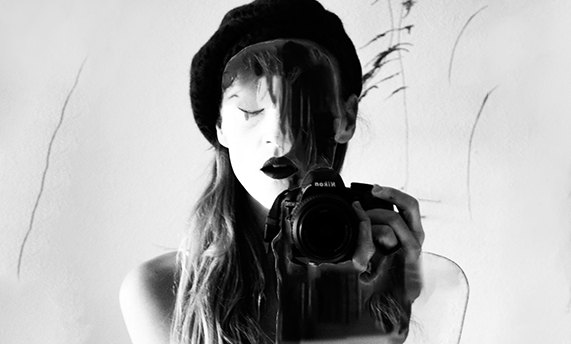
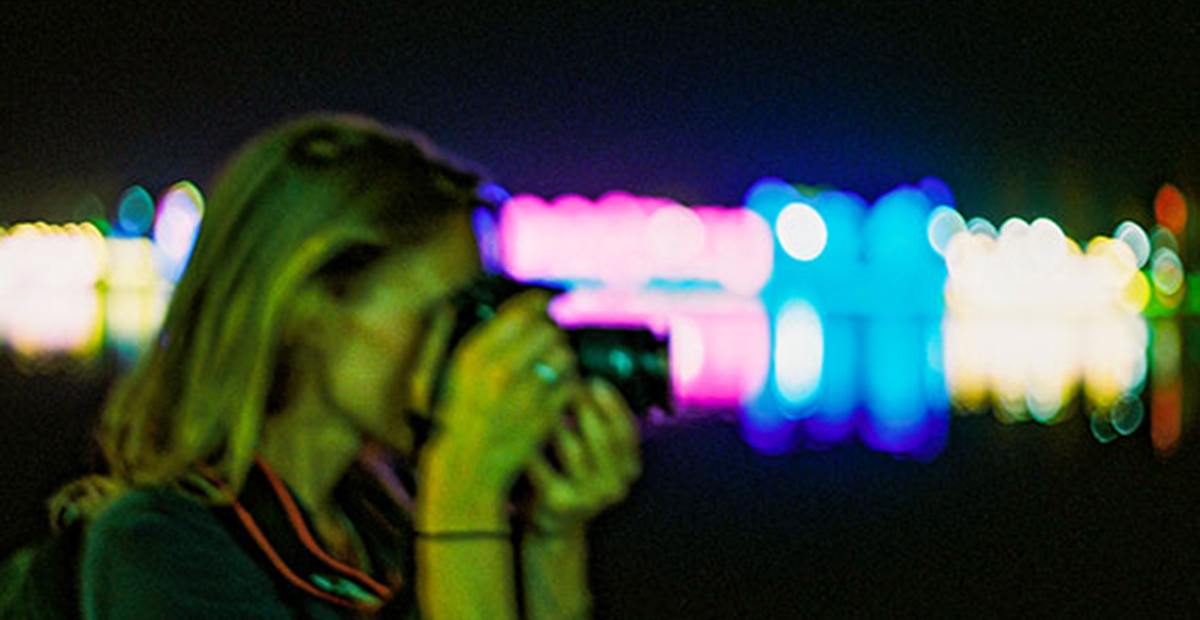

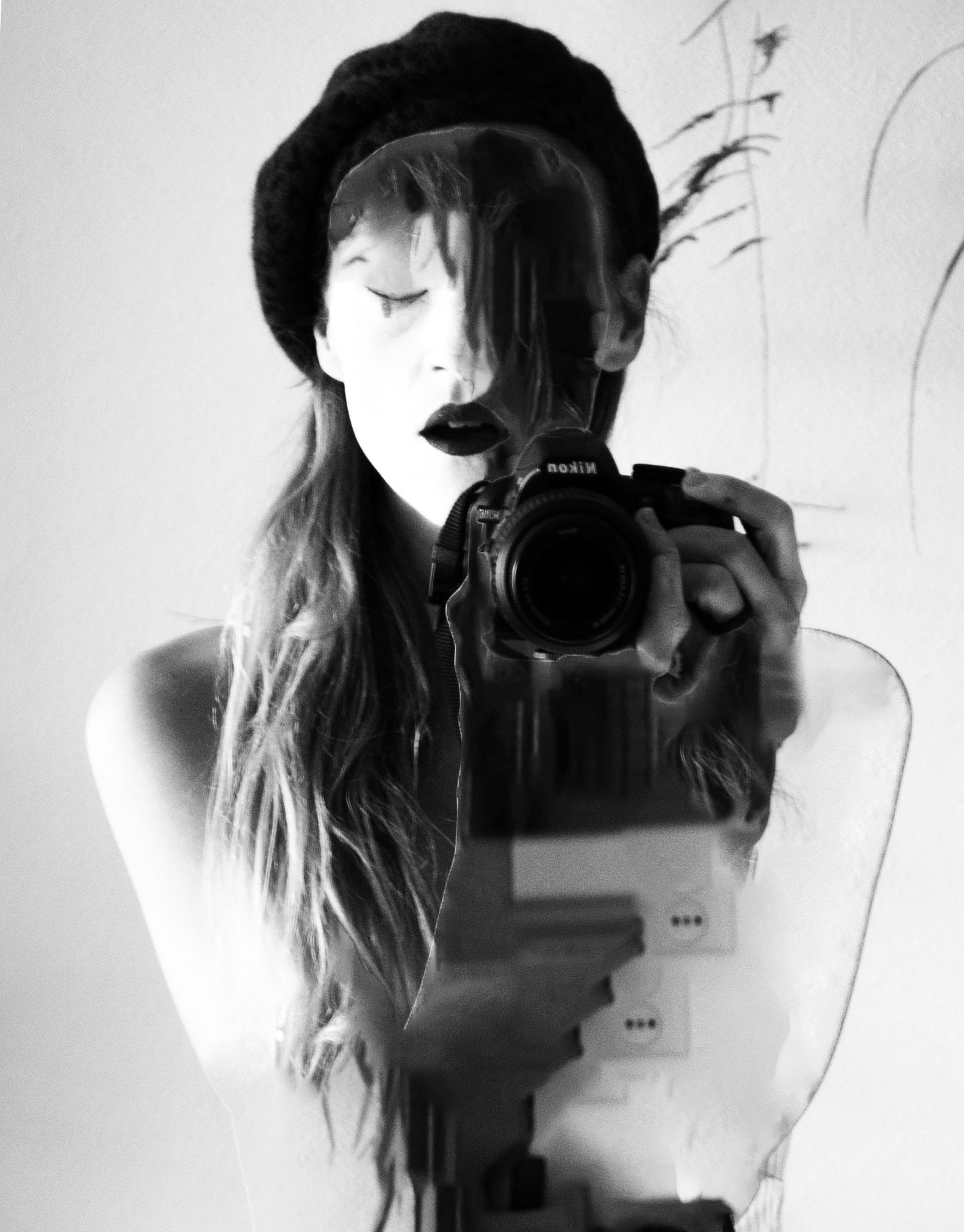
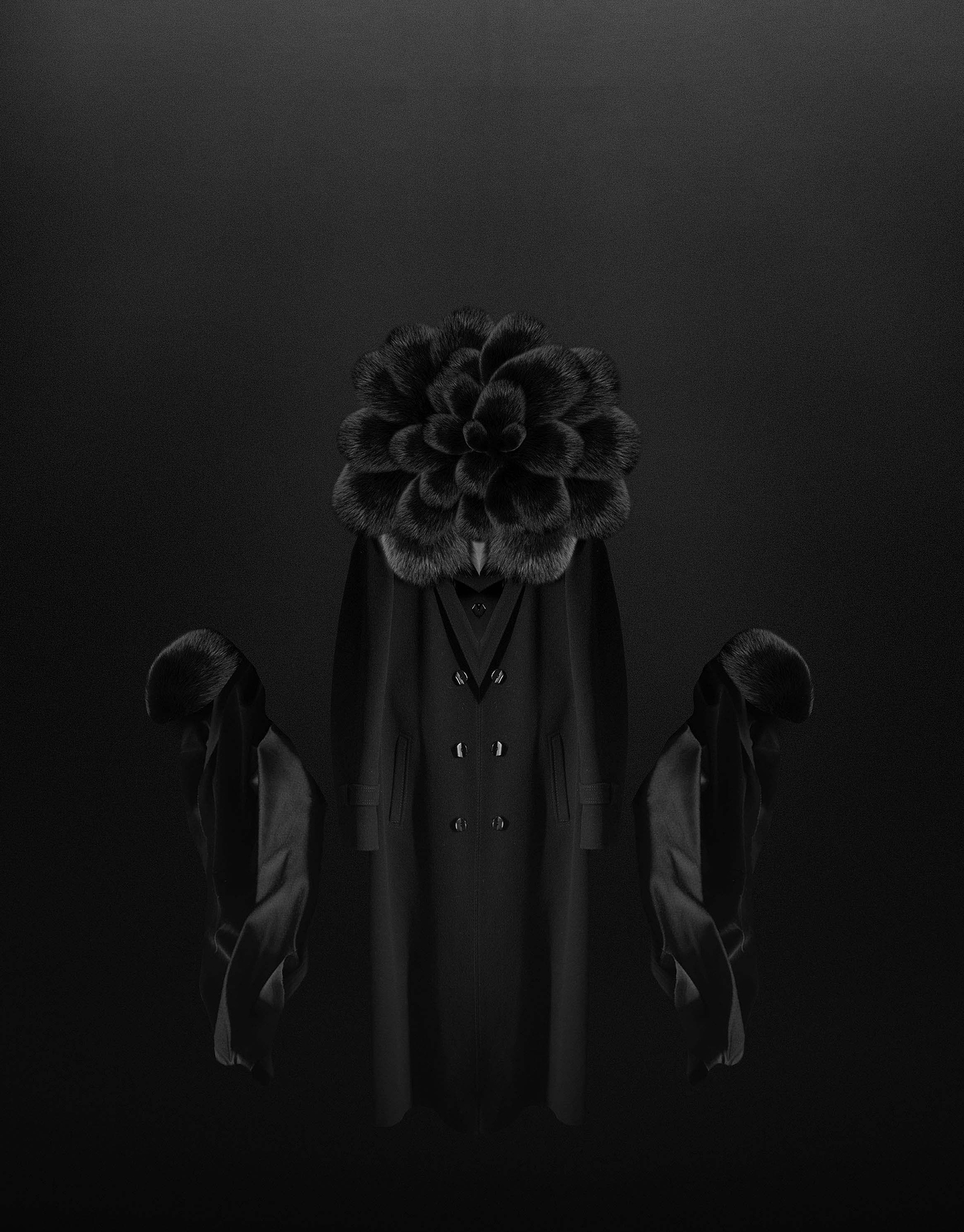

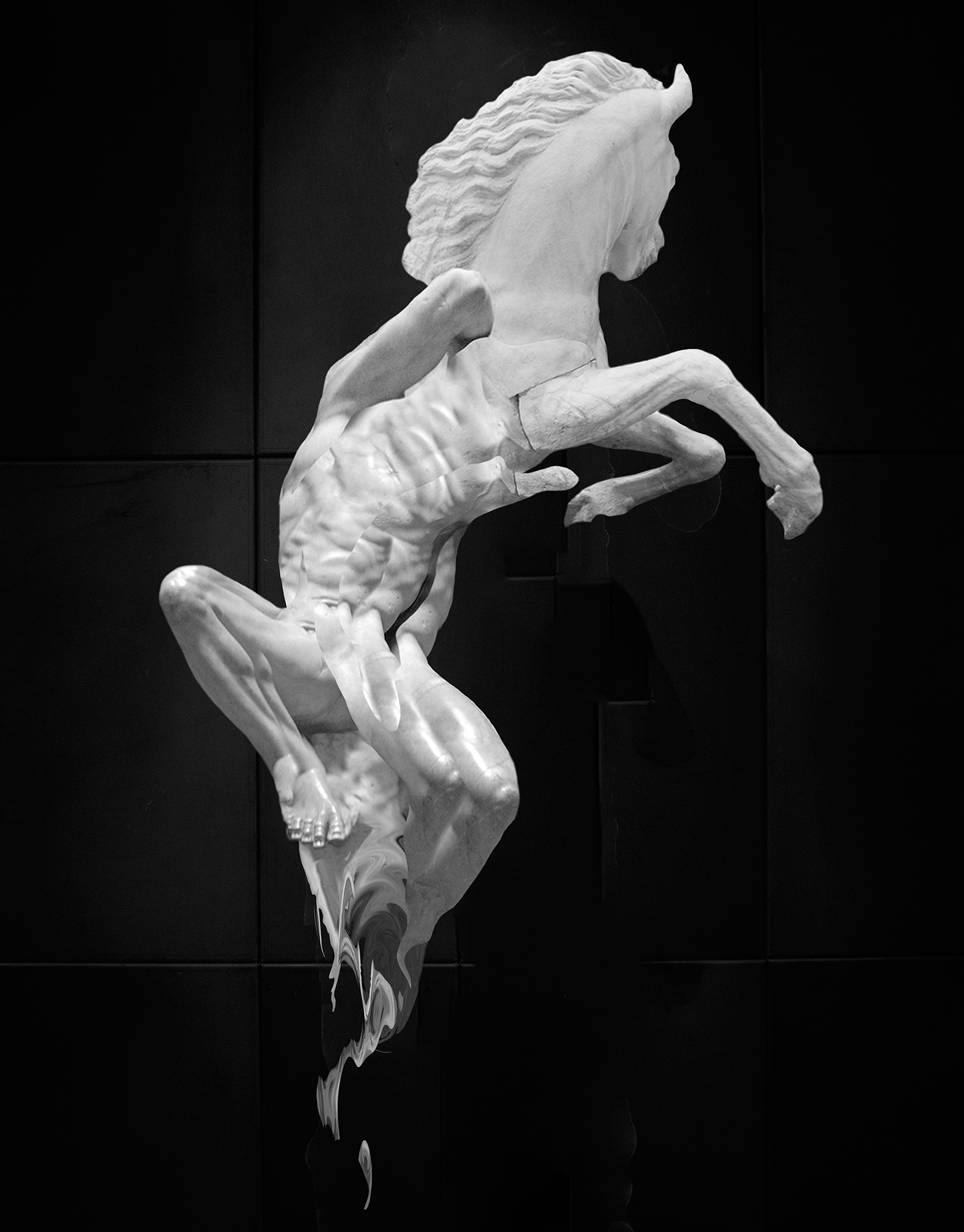
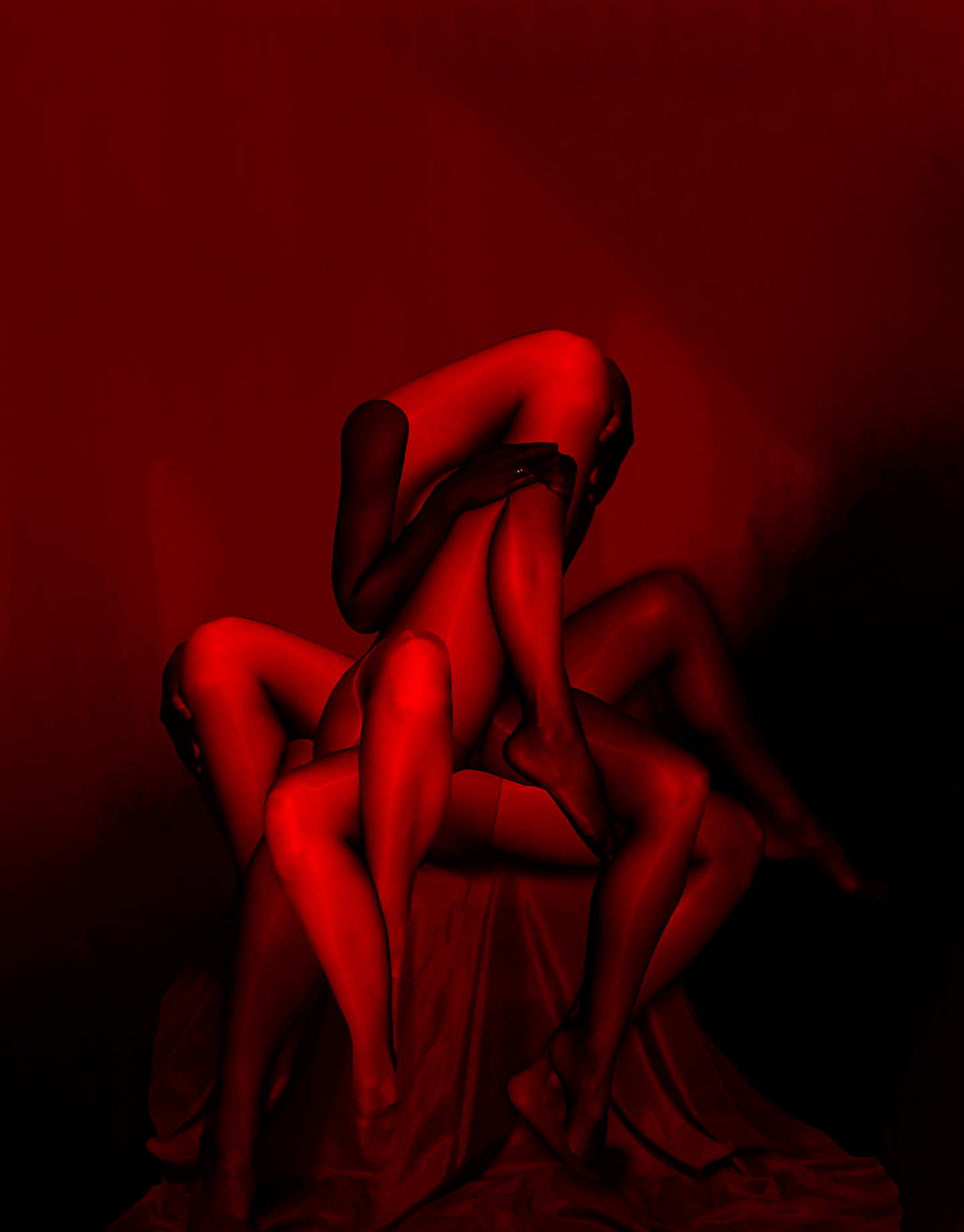

Neueste Kommentare